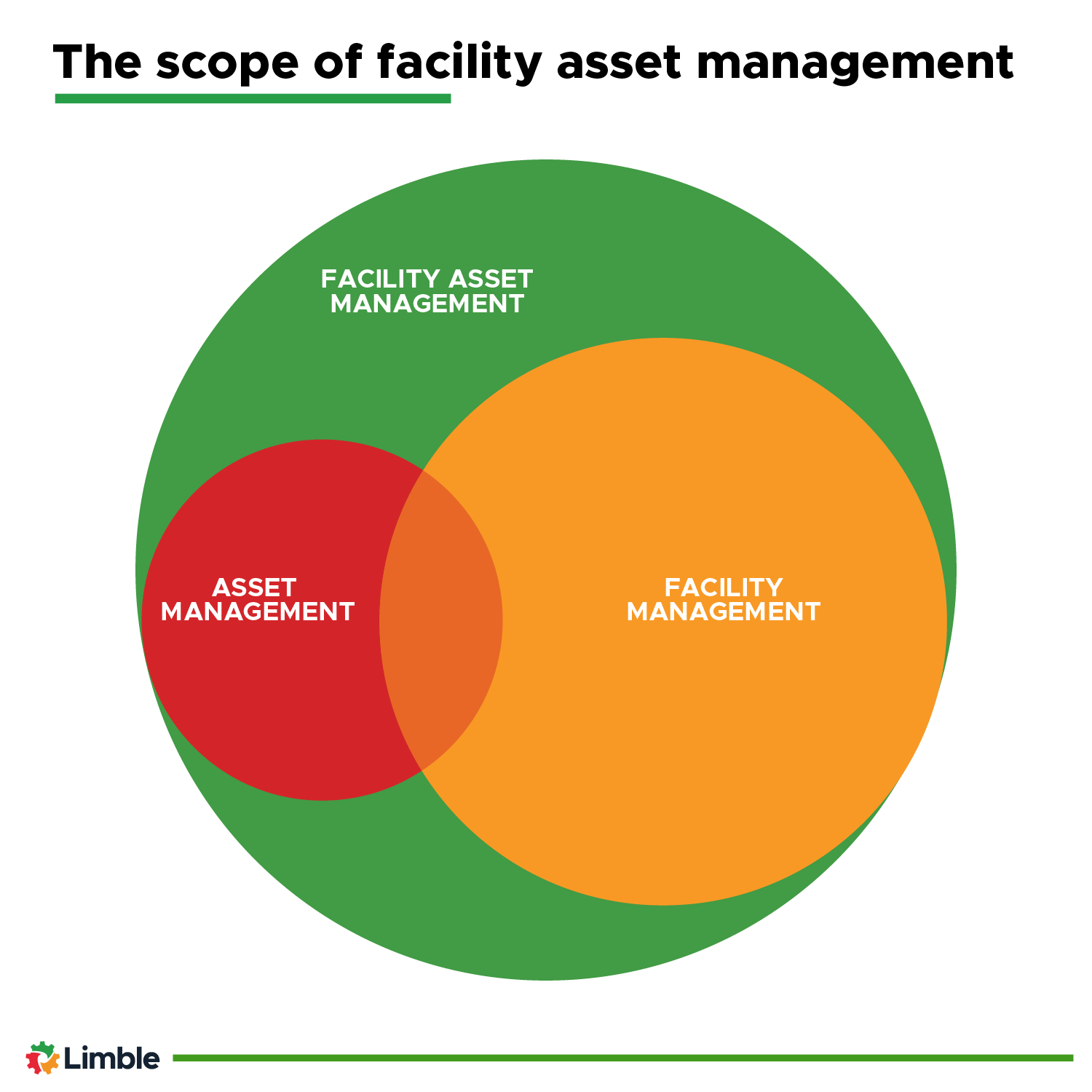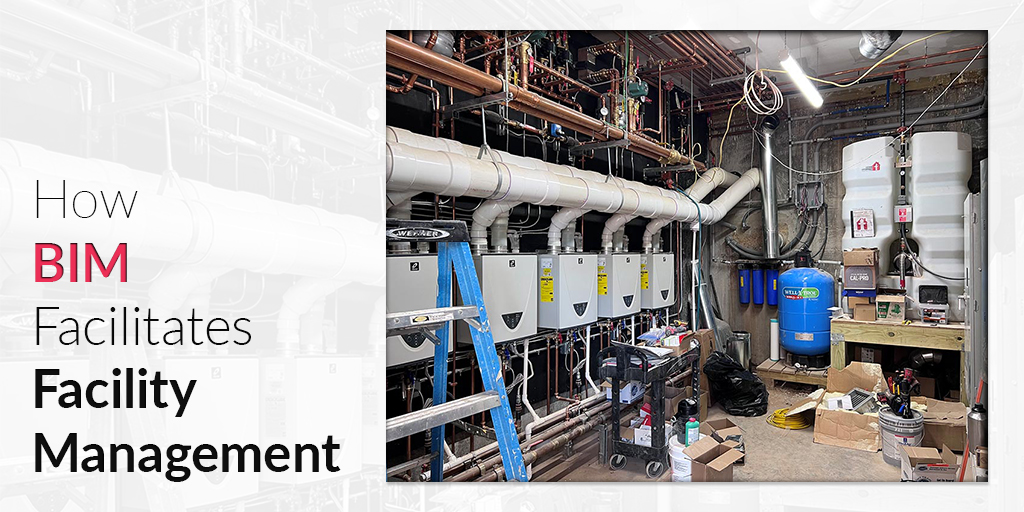Comprehensive Overview to Facility Management for Organizations
Comprehensive Overview to Facility Management for Organizations
Blog Article
Trick Patterns Shaping the Future of Facility Administration in 2024
As we look in advance to 2024, the landscape of facility management is positioned for considerable makeover, driven by several crucial fads. The integration of wise building innovations and a change towards data-driven decision-making pledge to boost functional performance while focusing on sustainability in technique.
Smart Building Technologies

Smart building modern technologies incorporate a large variety of systems, consisting of smart lights, a/c controls, and safety and security systems. By incorporating these systems, facility supervisors can keep an eye on and readjust specifications in real-time, bring about substantial reductions in energy waste and functional costs. For instance, wise sensors can spot tenancy levels and adjust illumination and temperature appropriately, guaranteeing that power is only utilized when necessary.
Moreover, these modern technologies help with boosted data collection, permitting companies to track usage patterns and identify opportunities for more improvements. The application of wise structure technologies not just adds to sustainability goals however additionally produces much healthier job environments that can boost staff member productivity and fulfillment.
As we move into 2024, the fostering of wise building modern technologies will likely accelerate, mirroring a wider change towards more smart, receptive, and lasting facility administration techniques.
Data-Driven Choice Making
Progressively, organizations are leveraging data-driven decision making to boost facility monitoring practices. By utilizing information analytics, center supervisors can acquire actionable understandings that considerably enhance functional efficiency and source allotment. The assimilation of sophisticated modern technologies, such as IoT sensors and real-time monitoring systems, enables the collection of large amounts of data on building efficiency, tenancy prices, and power consumption.
This riches of details permits center managers to recognize fads, forecast maintenance requirements, and proactively address concerns prior to they rise. For example, anticipating analytics can anticipate tools failures, decreasing downtime and repair service expenses. Additionally, information visualization tools help with far better communication amongst stakeholders, ensuring that educated choices are made collaboratively.
Moreover, data-driven techniques improve tactical planning by making it possible for center managers to evaluate the efficiency of present practices and make informed selections relating to financial investments in modern technology or framework. As organizations significantly focus on operational excellence, data-driven decision production is poised to end up being a keystone of successful facility management methods in 2024 and past. Eventually, the ability to take advantage of data efficiently will encourage organizations to create extra reliable, efficient, and resilient centers.
Sustainability and Eco-friendly Practices
The emphasis on data-driven decision making normally straightens with the growing concentrate on sustainability and environment-friendly methods within facility management. As organizations significantly prioritize ecological obligation, facility supervisors are leveraging analytics to enhance source usage, lower waste, and minimize carbon footprints. This strategic method makes it possible for the combination of energy-efficient systems, such as LED lighting, clever a/c controls, and renewable energy sources right into facility procedures.
In addition, the execution of sustainable practices extends beyond energy consumption. Center managers are promoting and embracing environmentally friendly materials reusing campaigns to produce a circular economy within their centers. This not only enhances the environmental profile of the company however likewise promotes a culture of sustainability among workers.
Conformity with ecological guidelines is one more important facet driving the fostering of environment-friendly techniques. By using data analytics, facility supervisors can more check compliance metrics and identify areas for improvement, making sure adherence to international and regional sustainability requirements.
Crossbreed Job Designs
A significant change in the direction of crossbreed job versions is improving the landscape of facility administration in 2024. This standard integrates in-office and remote job, requiring a reevaluation of space application, resource allowance, and staff member engagement methods. Organizations are increasingly identifying the importance of adaptable offices that deal with diverse requirements and choices.
Facility supervisors have to adapt by implementing versatile office designs that sustain collective initiatives while supplying locations for focused job. This consists of the assimilation of technology to promote seamless interaction and collaboration among in-office and remote staff members. Smart building solutions, geared up with analytics and sensors, enable for real-time monitoring of space use, making it possible for organizations to maximize their environments effectively.
Furthermore, hybrid work versions highlight the demand click here to read for reliable facility monitoring that focuses on employee experience. This encompasses not just innovation and room layout yet also the advancement of policies that advertise a well balanced work-life dynamic. As firms navigate this shift, the duty of facility administration ends up being pivotal in producing a nimble office that promotes performance and drives business success. In significance, the hybrid job model is changing facility monitoring, motivating an aggressive approach to satisfy the progressing demands of the workforce.
Enhanced Resident Health
As organizations accept hybrid work designs, an enhanced concentrate on owner health is ending up being integral to facility management methods. Facility Management. This shift recognizes that a healthy and balanced and satisfied workforce directly impacts productivity and retention prices. Center supervisors are now prioritizing settings that advertise mental and physical well-being, integrating aspects such as all-natural illumination, biophilic design, and accessible wellness resources

Technology plays a crucial role in this evolution. Smart building systems can monitor environmental variables and readjust settings in real-time, ensuring ideal convenience levels - Facility Management. Comments systems, such as occupancy sensors and worker surveys, enable center managers to continuously fine-tune wellness initiatives based on resident needs.

Conclusion
In 2024, the future of center administration will be dramatically influenced by the assimilation of wise building technologies and data-driven decision-making, cultivating boosted operational performance. These fads collectively underscore the advancing landscape of facility management in feedback to contemporary challenges and possibilities.
Facility managers are adopting environment-friendly products and advertising recycling initiatives to develop a circular economic situation within their facilities.A considerable shift towards hybrid job versions is improving the landscape of facility monitoring in 2024.Moreover, hybrid work designs highlight the demand for efficient center administration that focuses on employee experience.As companies welcome hybrid job versions, a heightened focus on passenger health helpful resources is ending up being indispensable to center administration approaches.In 2024, the future of center management will be dramatically affected by the combination of smart structure technologies and data-driven decision-making, promoting boosted functional efficiency.
Report this page